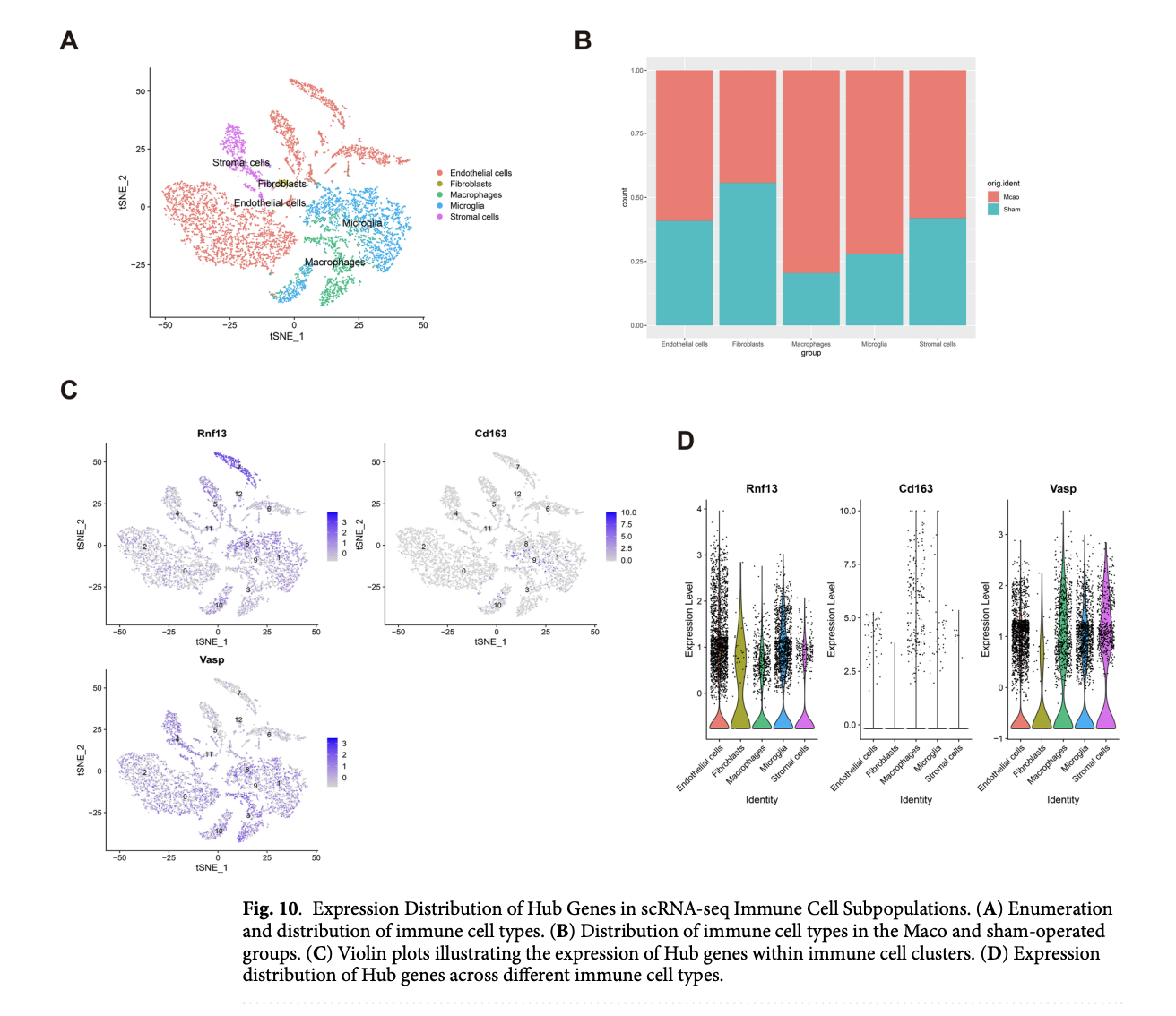
Understanding Ischemic Stroke and Its Impact
Ischemic stroke (IS) is a major cause of disability and death worldwide. It occurs when blood clots block arteries leading to the brain. Quick action is essential—dissolving the clot within 4.5 hours can prevent brain damage or death.
Importance of Early Detection
Specific diagnostic biomarkers can help detect IS early, leading to timely treatment. Understanding the immune responses at the single-cell level is crucial but complex. Discovering these biomarkers can speed up diagnosis and treatment, reducing the disease’s global impact.
Current Diagnostic Methods
Traditionally, IS diagnosis relies on imaging techniques, clinical exams, and bulk RNA sequencing. While these methods provide valuable information, they often miss important details at the single-cell level. For example:
- CT scans and MRIs: Visualize brain lesions but lack molecular details.
- Bulk RNA sequencing: Offers average gene expression profiles, missing specific signals from different cell types.
Innovative Approach Using AI
This study combines machine learning (Elastic Net, Lasso, Ridge regression, Random Forest) with single-cell RNA sequencing (scRNA-seq) to enhance our understanding of IS. This method allows for the identification of distinct cell populations involved in the immune response to ischemic injury.
Proposed Framework
The framework involves:
- Collecting gene expression data from IS patients.
- Using Weighted Gene Co-Expression Network Analysis (WGCNA) to group co-expressing genes.
- Applying machine learning to identify diagnostic biomarkers.
- Analyzing gene expression data with scRNA-seq to find differentially expressed genes.
- Identifying overlapping genes as potential biomarkers.
Results and Benefits of IMTAS Method
The IMTAS method successfully identified several promising biomarkers and immune pathways linked to IS. Key findings include:
- Gene expression signatures in macrophages and microglia associated with increased inflammation.
- Upregulation of pathways for cell adhesion and migration, indicating immune cell mobilization.
IMTAS outperformed traditional methods, providing high precision in distinguishing IS biomarkers from other neuroinflammatory conditions. This precision allows for early intervention and targeted therapies.
Conclusion and Future Directions
This research integrates WGCNA, machine learning, and scRNA-seq to create a novel approach for identifying biomarkers for ischemic stroke. It enhances our understanding of the immune features of IS by focusing on gene-immune interactions. Further validation on larger datasets is needed to confirm the reliability of these biomarkers.
Ultimately, this work aims to improve early detection and treatment methods for ischemic stroke, significantly reducing the global burden of this disease.
Stay Connected
Check out the Paper. All credit for this research goes to the researchers of this project. Follow us on Twitter, join our Telegram Channel, and connect with our LinkedIn Group. If you appreciate our work, subscribe to our newsletter and join our 55k+ ML SubReddit.
Explore AI Solutions
If you want to enhance your company with AI, consider the following:
- Identify Automation Opportunities: Find key customer interaction points that can benefit from AI.
- Define KPIs: Ensure measurable impacts on business outcomes.
- Select an AI Solution: Choose tools that fit your needs and allow customization.
- Implement Gradually: Start with a pilot project, gather data, and expand wisely.
For AI KPI management advice, connect with us at hello@itinai.com. For ongoing insights into leveraging AI, follow us on Telegram or Twitter.
Discover how AI can transform your sales processes and customer engagement. Explore solutions at itinai.com.




























